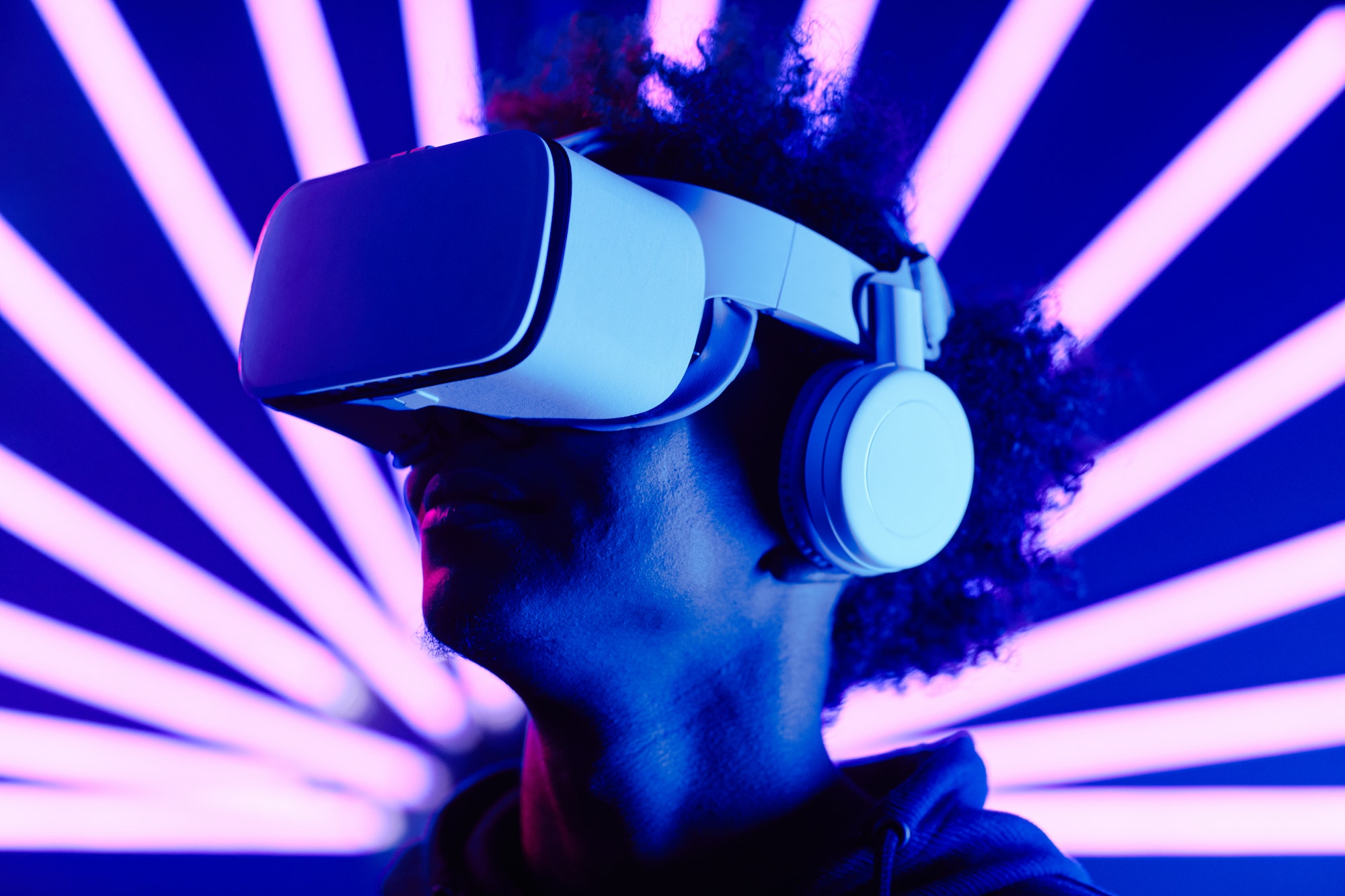The rapid evolution of virtual technology has transformed the way we consume media and entertainment. Virtual reality (VR) and augmented reality (AR) technologies are providing immersive and interactive experiences that were once the stuff of science fiction. From visual effects in film production to audiovisual enhancements in video games, the entertainment industry is embracing the limitless potential of these cutting-edge technologies. This article will explore the current landscape and future prospects of VR and AR in the entertainment world, focusing on their impact on audiovisual experiences, the challenges they pose, and their potential to revolutionize the way we interact with media.
The Power of Immersive Virtual Reality and Augmented Reality in Media Entertainment
Virtual reality and augmented reality have made significant strides in recent years, thanks to advancements in technology and increasing interest from major industry players. These technologies allow users to step into virtual environments and interact with virtual objects, harnessing the power of visual technology to provide unparalleled audiovisual experiences.
Virtual Reality: Stepping into New Worlds
Virtual reality immerses users in a fully digital environment, where they can explore, interact, and engage with their surroundings in real-time. This can be achieved through the use of headsets and other hardware systems that provide a 360-degree field of vision and spatial audio. VR has found a solid foothold in the entertainment industry, with applications in film production, video game development, and live event experiences.
Filmmakers are utilizing VR to create groundbreaking visual effects and interactive narratives, allowing audiences to become part of the story and explore new perspectives. In the world of video games, VR technology has brought a whole new level of immersion and interactivity, transporting players to fantastical worlds and allowing them to experience gaming like never before. Furthermore, live events, such as concerts and sports matches, are being enhanced with VR, allowing fans to experience the action from the best seat in the house, no matter where they are in the world.
Augmented Reality: Enhancing Our Realities
Unlike virtual reality, which creates an entirely digital environment, augmented reality overlays digital content onto the user’s real-world environment. This can range from simple visual effects to more complex interactions with virtual objects. AR technology has also made inroads in the entertainment industry, with applications in social media, film production, and location-based experiences.
Social media platforms are increasingly integrating AR features, such as filters and animations, which allow users to enhance their photos and videos with digital content. In film production, AR technology can be used to create realistic visual effects by seamlessly blending digital elements with real-world environments. Additionally, location-based experiences, such as interactive tours and treasure hunts, are becoming increasingly popular, thanks to AR’s ability to provide context-specific digital content in real-time.
Challenges and Opportunities: The Road Ahead for VR and AR in Entertainment
While the potential of virtual reality and augmented reality in the entertainment industry is vast, there are still several challenges to overcome before these technologies can reach their full potential. Nonetheless, the opportunities for innovation and growth are abundant for those willing to invest in these cutting-edge technologies.
Technical Challenges and the Need for Innovation
One of the main challenges facing VR and AR adoption in the entertainment industry is the need for improvements in hardware and software capabilities. Current VR headsets can be cumbersome and expensive, limiting their accessibility for the average consumer. Moreover, the quality of the virtual experience can be hampered by issues such as latency and limited field of view.
The development of lighter, more affordable, and user-friendly hardware, as well as advancements in software capabilities, will be crucial in achieving widespread adoption of these technologies. Technology companies and innovators will need to work closely with the entertainment industry to develop customized solutions that cater to the specific needs of each sector.
The Importance of Content Development
As with any new technology, the success of VR and AR in the entertainment industry will heavily depend on the quality of the content available. To fully capitalize on the unique features of these technologies, content creators must think beyond traditional formats and develop truly immersive experiences that leverage the power of virtual environments and augmented realities.
Collaboration between content creators, technology companies, and industry stakeholders will be essential in driving the creation of compelling VR and AR experiences that resonate with audiences across the globe.
The Future of Audiovisual Consumption: Embracing the Virtual Revolution
Virtual reality and augmented reality are poised to revolutionize the way we consume media and entertainment. As these technologies continue to evolve and mature, we can expect to see even more immersive and interactive audiovisual experiences that push the boundaries of storytelling and redefine audience engagement.
By harnessing the power of VR and AR, the entertainment industry has the opportunity to create new worlds, enhance our realities, and fully immerse audiences in ways that were once unimaginable. The future of audiovisual consumption lies in embracing the virtual revolution and exploring the infinite possibilities that these technologies have to offer. So, buckle up and get ready for an extraordinary journey into the future of entertainment.

